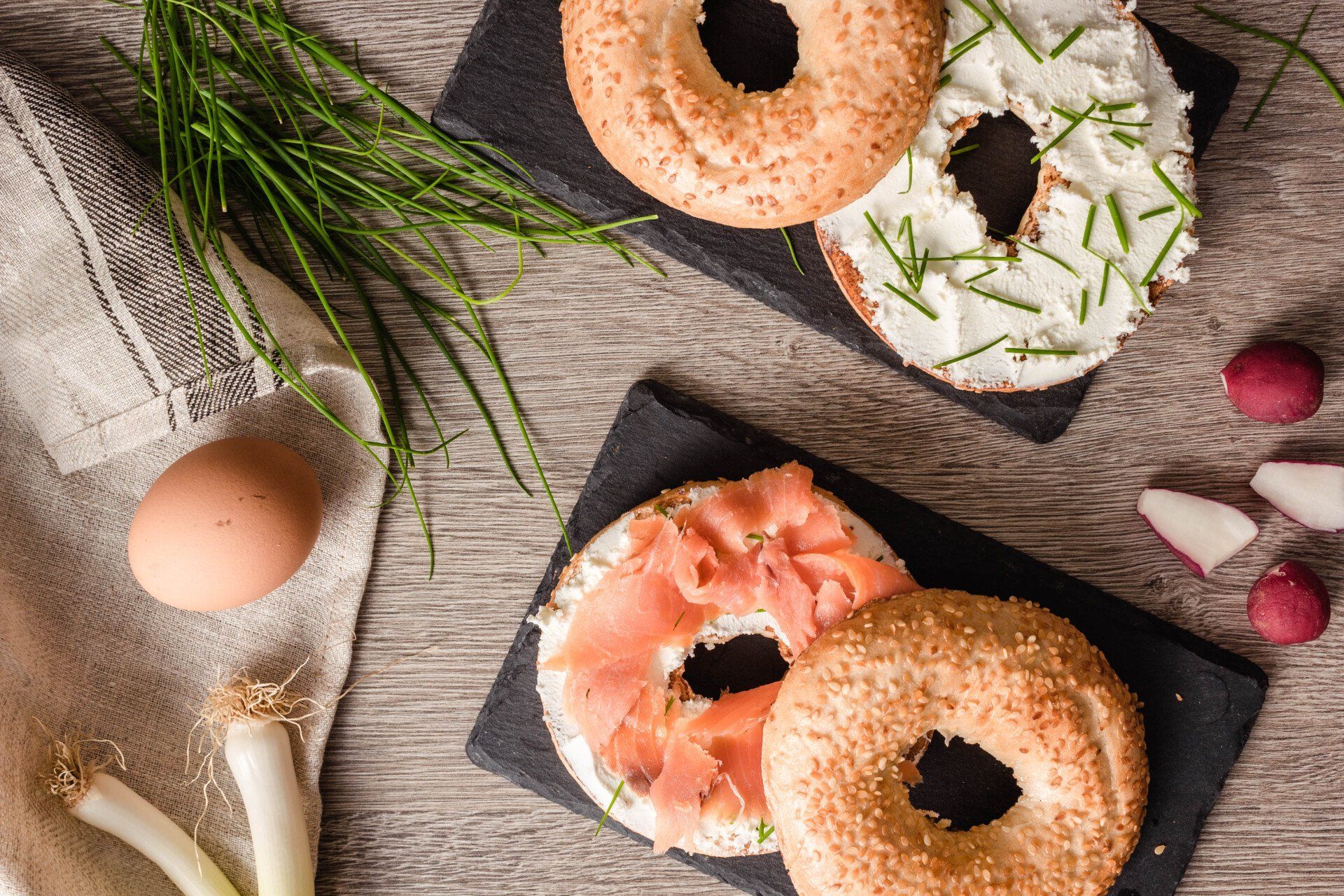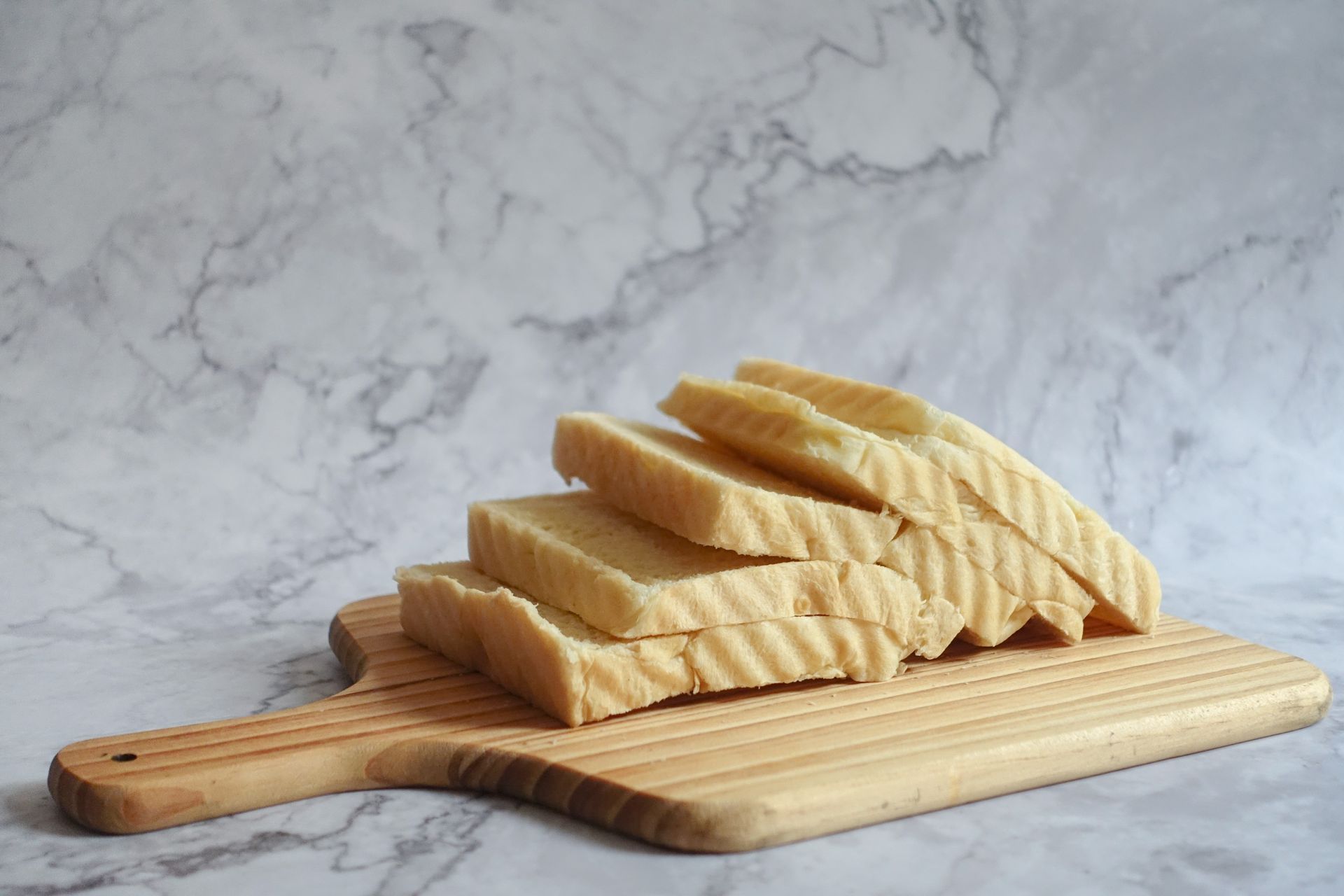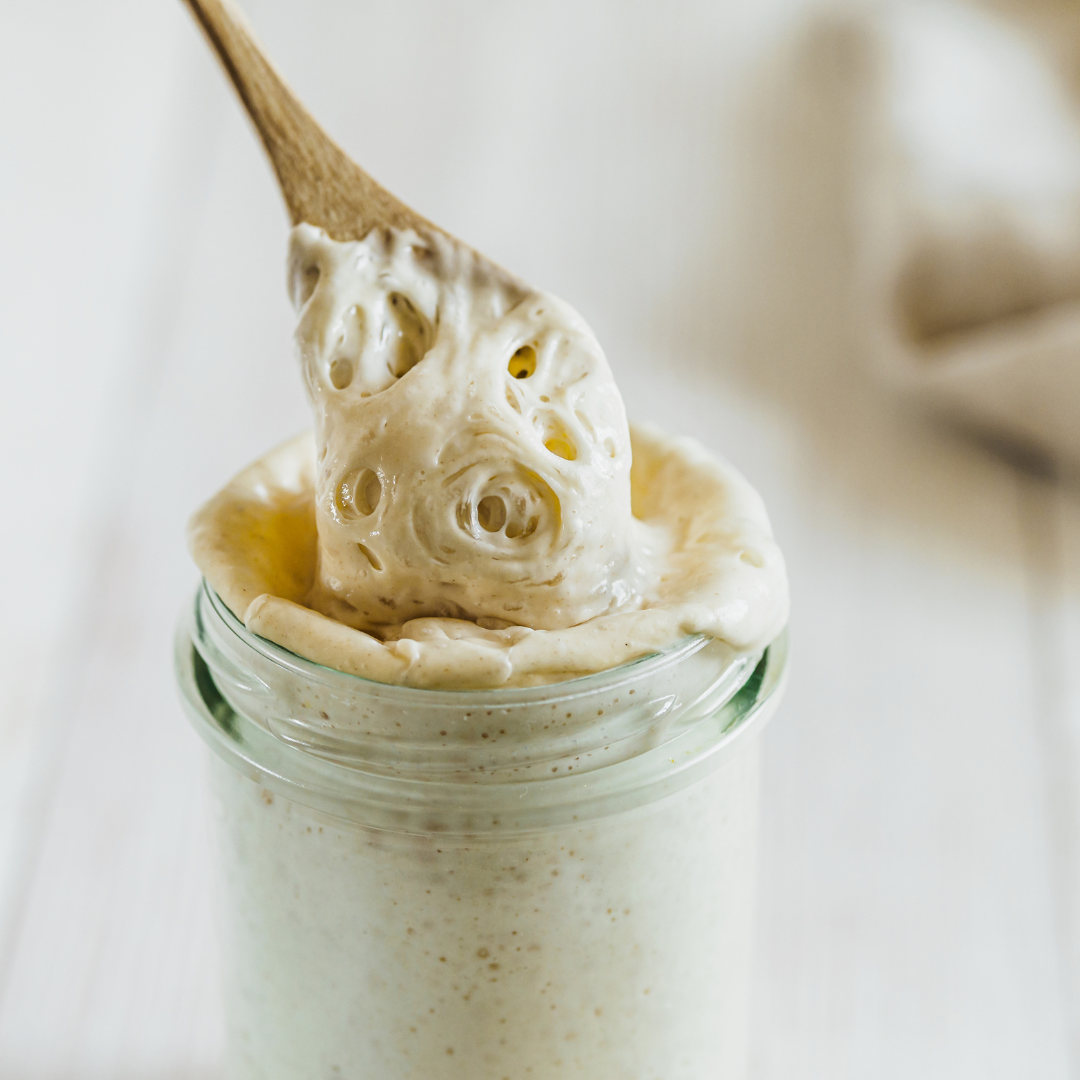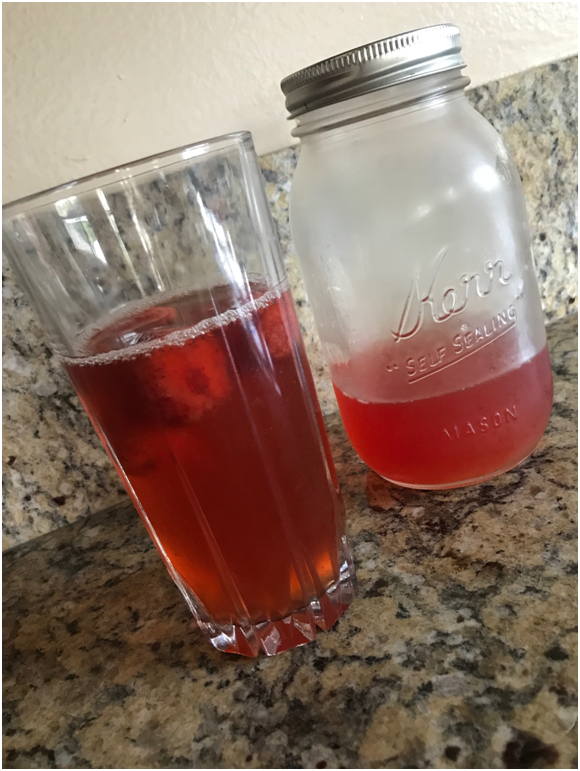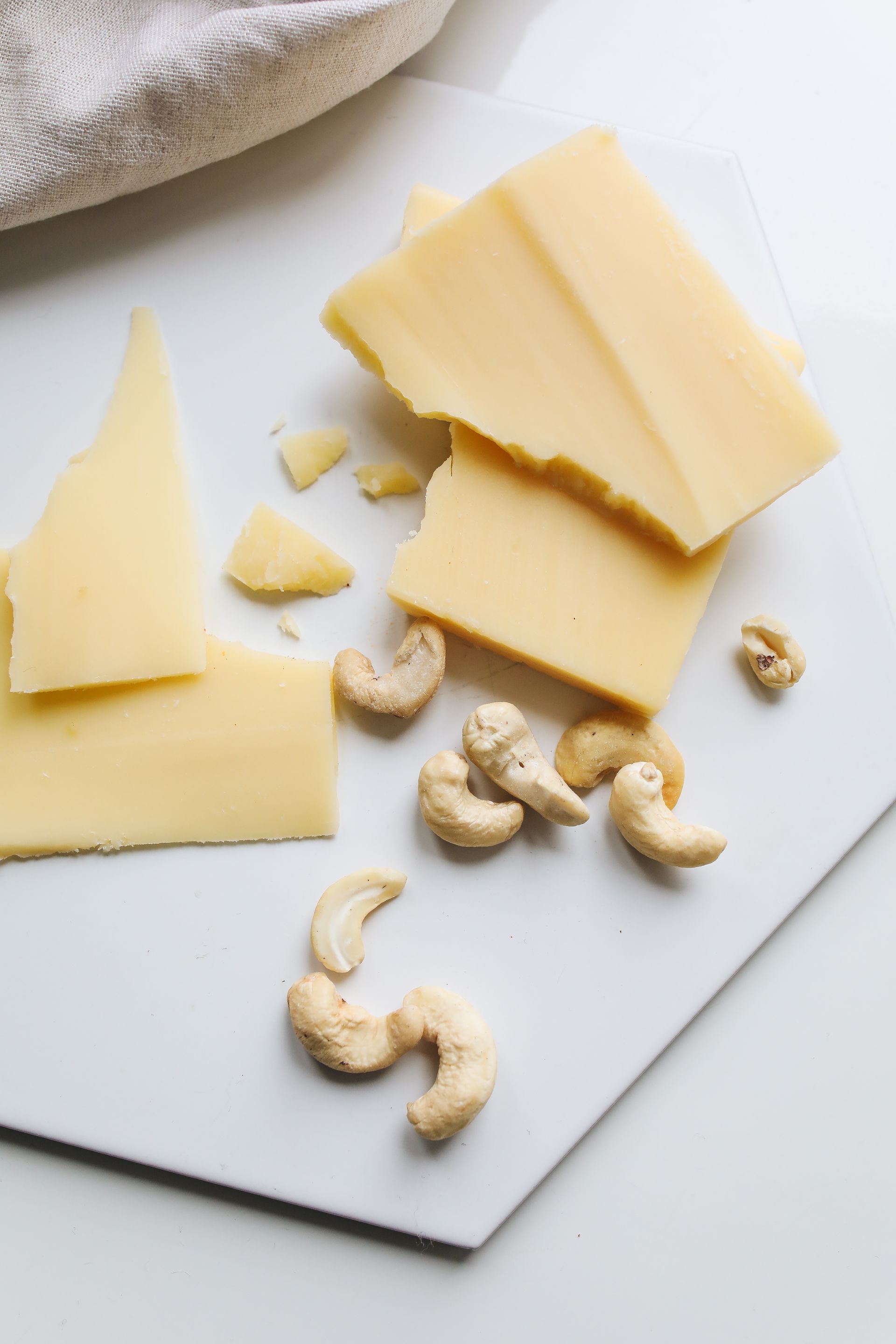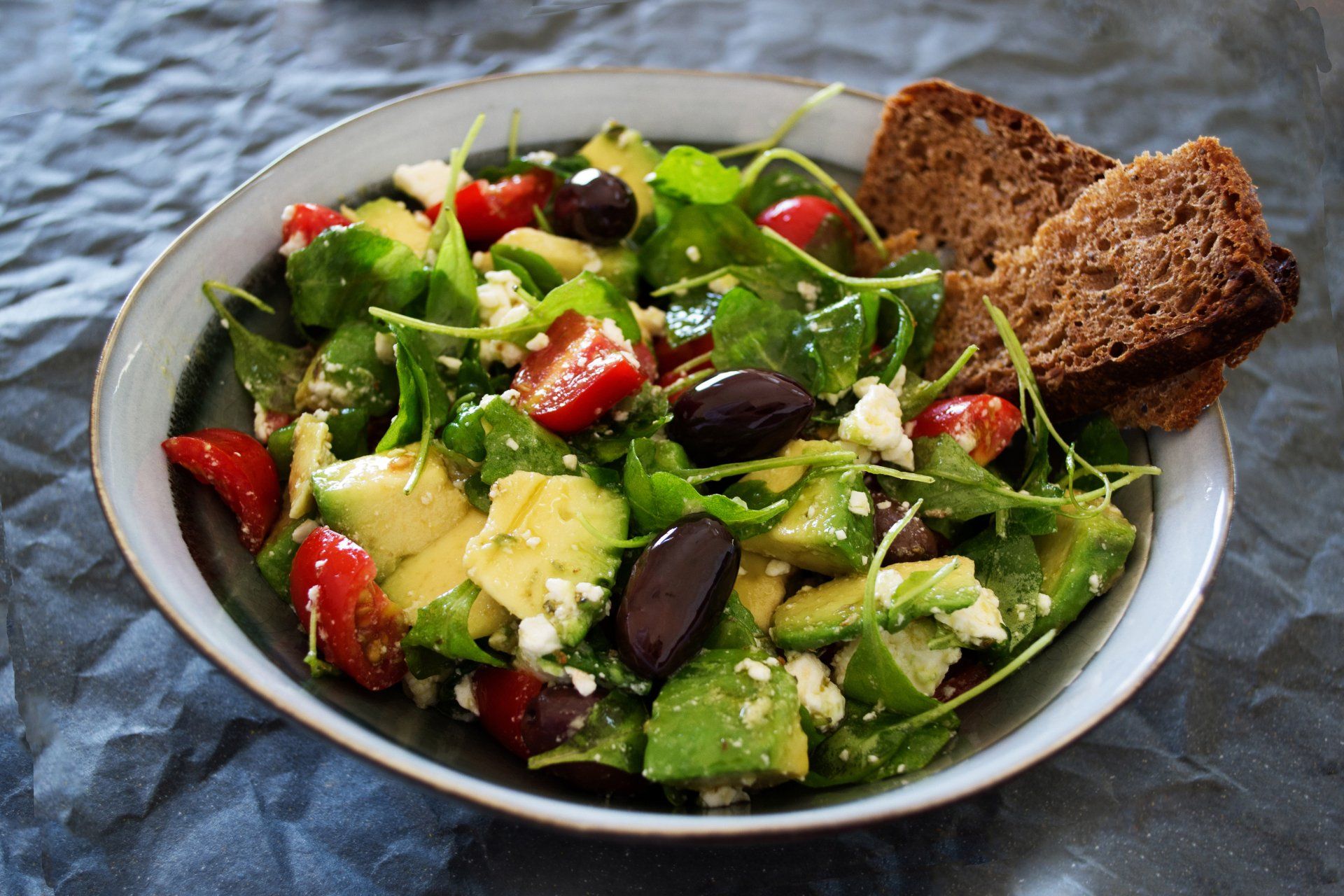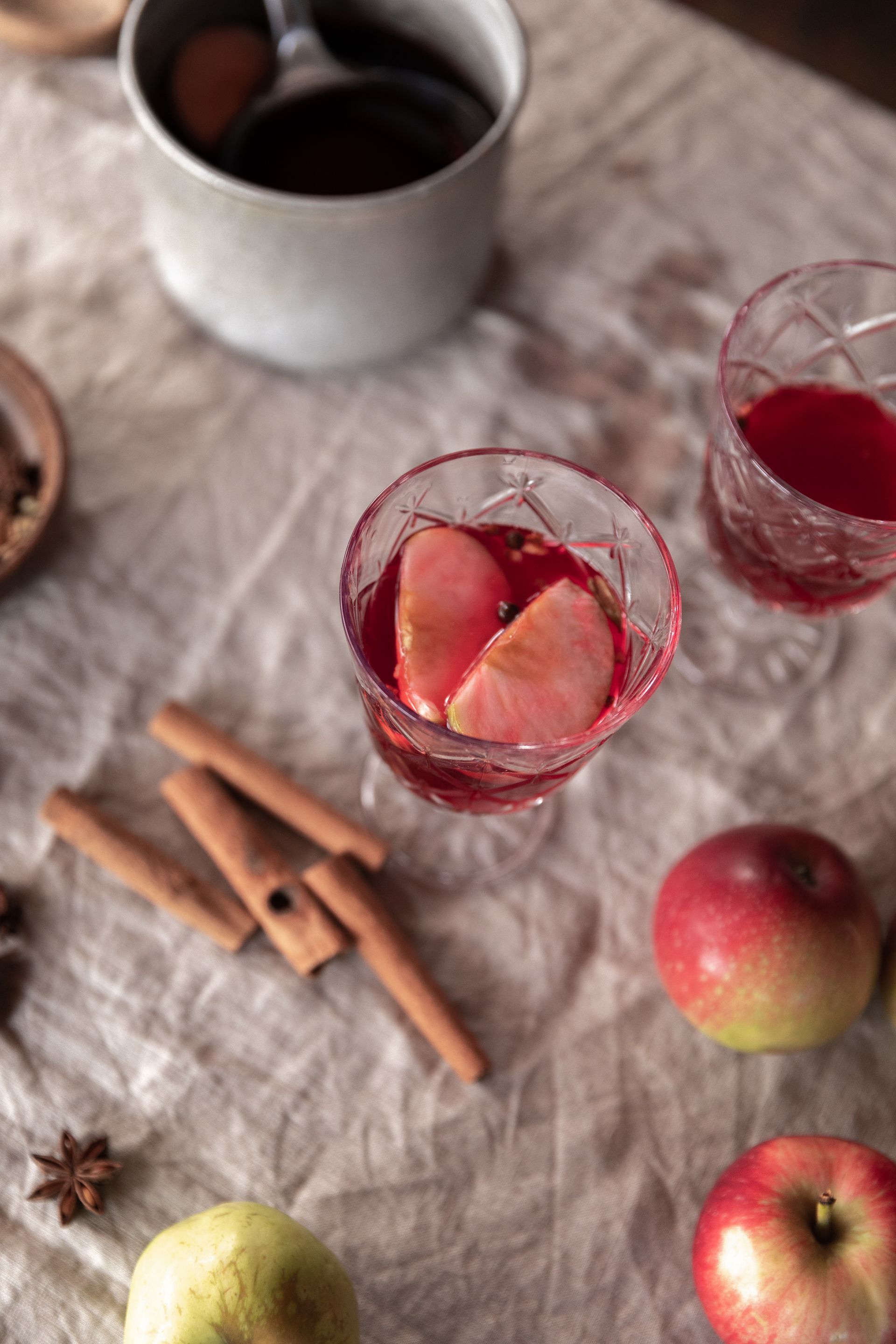Troubleshooting Your Water Kefir Grains

Your Water
Kefir Grains might give you a run for your money (and patience) now and again. Keeping your water kefir grains active and healthy for quality fermentations can be an issue even when you are doing everything right. Here are some often-asked troubleshooting issues.
My grains are sluggish! What do I do?
- Raisins! Add a small handful of raisins to your next culturing batch, ensuring the raisins are free of oil and sulfur. Your grains will feast upon the natural sugar. Fun fact, if you eat the raisins after the culturing time, they won’t be sweet anymore. Bonus: because of the extra fruit sugar, extra carbonation should develop. Oh, and raisins add a little boost of nutrition!
- You can also do a “rinse and rest”, gently rinsing grains in filtered water (NO CHLORINE/CHLORAMINE/FLUORIDE), putting them in sugar water, and letting them sit in the fridge for a week. This is a last-ditch effort to save grains that have been struggling, it’s not meant to be a first avenue of remediation. In general, grains don’t like to be stored, but sometimes overworked grains need a small break.
- Take a close look at your process and ensure you’re not skipping any steps. Example: If you’ve been giving your grains less sugar because you feel it’s too sweet, give them the full amount recommended. Or, if you’ve been culturing them for 48-72 hours, batch after batch, go back to 24-48 hour batches so they are getting fresh food more often.
How do I know they’re working after I rehydrate them?
It might take several batches to several weeks, but they will be efficiently working when you see all three of these:
- The sugar water’s color gets lighter from the beginning of Day 1 to the end of Day 2
- The sugar water will be slightly cloudy
- The water kefir will taste sweet, but not crazy sweet like you just dissolved the sugar into the water.
My water kefir tastes too sweet!
First, forget the store versions you’ve tried. I’m not even sure that stuff is even fermented, for Pete’s sake, although it may have added lab-developed bacteria. Water kefir is a sweet cultured drink after the first ferment, and you just can’t avoid that. If you’ve just begun and it’s only been a few weeks since rehydration, likely your kefir is fine even though it’s too sweet. It just needs a few more batches, so don’t panic yet. You do want to be concerned if your 2-day batches at a steady 68-85ºF taste as though you’ve just mixed up the sugar and water.
You can manipulate the final sugar content in finished water kefir by doing a
second ferment. After removing the grains, put your water kefir into an airtight container (mason jar with brand new sealing lid/ring, or a Grolsch bottle/an authentic Grolsch-style bottle) leaving a few inches of headspace. If you choose a Grolsch-style bottle, make sure it was designed to withstand massive pressure, or you could have a dangerous mess on your hands if it breaks…no one wants to wake up in the middle of the night to an explosion, and it has happened. So skip the IKEA and Target cutsie flip-top bottles for this purpose. The safest thing is to buy from a brewing supply storefront or online brewing supply company.
So, clamp it closed or screw the band on tightly, and let it sit at room temperature for 1 to 4 days. Two things to remember:
- The longer it’s closed up, the more pressure builds.
- The warmer the room, the faster the pressure builds.
A combination could mean it only takes 1 day to get pop and fizz along with a less sweet drink.
Even if you’re a pro, ALWAYS USE CAUTION every time you open a bottle. I find it preventatively in my favor to open it in the sink with a wet towel over my hands and the bottle…NEVER put your face over the bottle to check things out. Release the lid slowly, and if you listen carefully, you’ll hear the gas escaping.
Reminder, depending on the season, it may take a few to several days to achieve a less sweet but poppy/fizzy kefir. For example, in the winter it may take 3-4 days whereas in the summer it may only take 1-2 days.
I’m not getting any fizz in my second ferment!
Not getting any fizz? Try adding a few tablespoons of juice. Sweeter juices will give the water kefir more “fuel” and you may have a faster second ferment. I see a remarkable difference between apple juice and grape juice. Apple juice takes longer to achieve my goal, while grape juice often tastes like alcohol if I do it for the same length of time as apple juice…yikes!
Try using a higher mineral sugar in the first ferment to help with the fizz in your second ferment. Just beware if you are using spring or well water - the high mineral sugar may be mineral overload, so instead, try moving it somewhere warmer, bottling it up longer, and using as airtight a bottle as possible.
In the summer my second ferments are powerful even after a day or so. It gets messy! What can I do?
No one enjoys a kefir shower! In those warmer months, take care to “burp” your bottles each day (again, in the sink, with a wet towel). If you don’t get enough pressure built up at the end of the day, go two days and see how it goes. I found that a solid three days without opening the bottle worked.
You can also move your bottles somewhere cooler, which will help slow down the build-up of pressure.
My water kefir tastes a little like alcohol. What’s up with that? Do I worry?
Honestly, there is not enough sugar in a first ferment to make you anywhere near dangerously intoxicated. There are times when added fruit juice to a second ferment will make things taste more like alcohol if it ferments for several days at a warm room temperature. When this happens, I just dilute it with water and carry on. For more information, grab a hydrometer or a Brix and search for Kelly the Kitchen Kop as she has a great article as well on water kefir/alcohol. Search for Kelly the Kitchen Kop as she has a great article as well on water kefir/alcohol.
My grains are floating! Is that good or bad?
There’s a possibility the grains (if you stored them) may be freezer burned, exposed to high heat, or they are just old (that’s rare). It’s hard to be sure what happened, so if your grains are no longer performing as they once were, we can assume they are damaged.
If they are happily floating up and down, or just up, but your water kefir still tastes fabulous, then don’t worry. Sometimes the carbon dioxide from the yeasts during fermentation gets trapped with the grains, making them float.
Um, what is that gross brown stuff/flakes in my water kefir?
If you’ve just rehydrated your water kefir, it’s more than likely residual bits of rapadura. They become foamy during the growing process, drying right along with the grains while dehydrating. If desired, you could pick them out, but they should just get used up at some point by the grains.
You could also be talking about sediment from the yeasties that form. That is no biggie either. You can consume that with your kefir, or strain it out from the container to your glass.
Unhealthy Water Kefir Grains
My water kefir is foamy, scummy, slimy, filmy, thick, syrupy–gross!
There could be a zillion reasons for your wonky water kefir. First, DON’T DRINK IT. Second, check your process or environment. It could be something as simple as too many minerals, or too close to a houseplant.
Gently rinse the grains with good-quality, filtered water (NO chlorine, chloramine, fluoride, etc). Try another batch. If you get the wonky water kefir again, you could try another rinse, then rest in the fridge for a week. Plan on giving your grains several rounds of culturing before giving up since refrigeration can make even healthy grains rebound more slowly. Use a more-processed sugar (i.e. white) to make it easy on the grains, kind of like the BRAT diet when you’ve got a sick kiddo who needs to take it easy on their tummy. Don’t add extra minerals. Call it quits if you keep getting gross water kefir, and get
new grains.
MOLD In My Kefir Grains??!?
Mold is a rare occurrence. But when it happens, IMMEDIATELY discard the entire batch…yes, grains too. It’s not safe, and you can’t “what if I” your way into saving them. Just don’t.
You can start again after you clean your jar thoroughly, using regular dish soap (never anti-bacterial) and a good hot rinse.
Then check on these things to see what may have been contaminating your brew or causing them to weaken/invite mold:
- Was there chlorine, fluoride, or chloramine in your water?
- Was your water “sparkling” or enhanced with minerals? Alkalinized? Is it well water that hasn’t been tested in a while? Remember you want PURE water – bottled plain spring water or good filtered water like one that has gone through a Berkey Water Filtration system (not a Brita or the fridge filter).
- Could the water have been too warm at some point when grains were added?
- Are your ratios correct, according to NWFerments’ directions?
- Could there be too many minerals? Are you using darker-colored cane sugar along with baking soda, sea salt, molasses, or eggshells?
- Is the first ferment allowed to breathe with a permeable cover (not a lid)?
- Could your room temperature at night be dropping below 68º? Could it be at any point rising above 85º?
- Are you sticking to just 24-48 hour brew times?
- Do you give your grains breaks?
- Are your precious grains too close to another culture? Even a cabinet door that is closed will allow bacteria to move freely. Give them 4 to 5 feet of space.
- What about bad bacteria? Are your grains too close to a dirty laundry hamper, the compost can, a garbage bin, Fluffy’s cat litter box, or Francis the fern? Are any chemical products in use around the water kefir jar? Again, give them space!
- Do you have residue on your hands, tools, or jars from using anti-bacterial soap? Anti-bacterial soap will do its job on your good bacteria!
Do I Have Dead Water Kefir Grains?
How to tell if you have dead water kefir grains is to ferment a new batch. Hopefully, you already know what live water kefir grains create. If the grains don’t convert the sugar water to kefir (the water remains extra sweet, and there are no signs of fermentation), there could be something wrong, but not necessarily dead. If they have started to break down and become applesauce-like, the grains might not be salvageable. If there's mold on the grains, dump them and start again with new ones.
When you have trouble, we recommend checking the
sugar, water, temp, and length of fermentation you're using. Do not use beet sugar, sugar alcohols (i.e., xylitol), honey, stevia, etc. For the optimal health of your grains, use cane sugar.
My Water Kefir Smells
Why does my water kefir smell kind of like sulfur?
According to some homebrewing experts for beer and wine, the presence of sulfur indicates there may be a deficiency of certain nutrients or the yeast is stressed due to environmental factors. To make the smell leave the current batch, try aerating it by pouring the kefir from one container to another a few times.
Add a clean slice of organic lemon to your next batch of water kefir with the smelly grains. That may help balance things out. Be sure the lemon is cleaned only with water, using your muscles to scrub anything off. You do not want soap residue in your kefir.
My water kefir is a bit yeasty smelling and unpleasant…what to do?
Sometimes things are out of balance. Try adding a slice of clean organic lemon. If that doesn’t work even after a few batches, try re-evaluating how you conduct the ferment. You could try shorter batches (24 hours vs. 48 hours), or if you have more than 3 Tablespoons of grains you might try discarding down to just 3 Tablespoons and see how it goes. Check your room temperature, especially at night, your water source, etc. Make sure everything is optimal.
My water kefir smells AWFUL, like stinky socks!
Yikes! It may be too late once you get to that point. Again, similarly to it smelling yeasty or unpleasant, try re-evaluating how you handle the ferment. You could try shorter batches or fewer grains and see how it goes. Go through your checklist: room temperature, water source, etc., ensuring you have the best for your grains.
Although we don’t recommend long-term fridge storage, as a final attempt, you could try resting them in the fridge after a quick gentle rinse with water free of fluoride and chlorine/chloramine. Put them in sugar water, using the same amounts you would use to make a regular batch. Let them rest, covered with a snug lid, for one week. Take them out and try culturing them again. It could take a few batches for them to snap back–if they snap back. Good luck!
Oh, crud! I smell vomit or nail polish remover! Now what?
We’ve heard this is a temporary imbalance. Your kefir’s yeasts and bacteria are unhappy for whatever reason (check your fermenting routine and environment!). Do not drink the kefir, but keep brewing batches. Supposedly it will go away on its own. However, you’ll need new grains if you’ve been fermenting according to the do’s and don’ts and the smell never leaves. Good thing we know a superb source for Water Kefir Grains. ☺
Water Kefir Grains can sometimes be tricky to manage, but with these troubleshooting tips, you can overcome any challenge that comes your way. Remember to be patient and take care of your grains, and soon you'll be enjoying a delicious and healthy drink that's not only fizzy but also loaded with probiotics and other nutrients. Are you having other issues?
Contact us and we’ll see if we can help!
